Israel’s security cabinet has concluded discussions on the US-backed plan for a ceasefire and the release of hostages in Gaza, an official from the meeting’s attendees told The Times of Israel.
The wider cabinet will now convene to vote on the agreement, with sources indicating it is likely to receive strong support.
After months of intense negotiations led by Washington and pressure from Egypt, Qatar and Turkey, both sides have agreed to the first phase of a multi-step plan aimed at ending the two-year war that has devastated the Gaza Strip.
The first phase: hostages, prisoners and aid
Israeli Prime Minister Benjamin Netanyahu is set to convene his smaller Security Cabinet and later the full Cabinet late on Thursday to vote on whether to approve the initial phase. According to Arab officials and a Hamas representative cited by CNN and the Financial Times, a limited withdrawal of Israeli troops from Gaza will begin once the Cabinet gives its assent.
Although details of the pullback remain undisclosed, Hamas officials have said Israeli forces will vacate populated areas. In return, Hamas will release 20 living Israeli hostages within days, likely by Monday and transfer the remains of around 28 others believed to have died in captivity. Israel, in exchange, will free hundreds of Palestinian prisoners.
Humanitarian relief will also be stepped up, with hundreds of aid trucks expected to enter Gaza daily as part of the phased de-escalation. Negotiations over subsequent steps including troop withdrawal, Gaza’s post-war governance, and reconstruction will follow.
Impact Shorts
More ShortsUnanswered questions and competing demands
Despite the breakthrough, the deal leaves key questions unresolved. Israel has demanded Hamas’ full disarmament, while Hamas insists on a complete Israeli withdrawal and guarantees that hostilities will not resume. At the same time, the future administration of Gaza remains uncertain, with neither side trusting the other to fill the power vacuum once Israeli troops depart.
Without a functioning post-war governance structure, reconstruction efforts, vital for Gaza’s 2 million residents, may stall indefinitely. Observers say the fragile truce depends heavily on sustained diplomatic pressure from the deal’s guarantors: the US, Egypt, Qatar and Turkey.
“Without external enforcement, any delay or violation could unravel the entire arrangement,” a Middle East analyst told the BBC, warning that even minor breaches might push Israel to resume military operations.
The troop withdrawal dilemma
For months, Hamas had maintained that no remaining hostages would be freed until Israel’s troops fully withdrew from Gaza. Now, its agreement to release captives first appears to rest on what it calls “firm guarantees” from Trump that a total pullout will eventually follow.
However, the timeline for such a withdrawal whether weeks, months, or longer, remains unclear. Israeli officials have suggested retaining forces in strategic zones, including a buffer area inside Gaza and the Philadelphi Corridor along the Egyptian border to prevent weapons smuggling and ensure Israel’s security.
An initial 20-point plan unveiled by Trump last week proposed that an Arab-led international security force, supported by Palestinian police trained by Egypt and Jordan would gradually take control of Gaza as Israeli forces withdraw. Whether this system will be implemented or revised is still unknown.
Disarmament and the road ahead
Hamas long refused to give up its weapons, saying it had a right to armed resistance until Israel’s occupation of Palestinian territories ends.
For Israel, it’s a key demand. Netanyahu has repeatedly said its campaign will not end until Hamas’ military capabilities are dismantled, including the network of tunnels built around the territory.
There are signs, however, that Hamas could agree to a “decommissioning” of its offensive weapons, handing them over to a joint Palestinian-Egyptian committee, according to the Arab officials with direct knowledge of the negotiations who spoke on condition of anonymity.
Future government
Israel has said it wants a Gaza purged of Hamas influence. But it has also rejected giving any role to the West Bank-based Palestinian Authority or any arrangement that could lead to the creation of a Palestinian state.
Hamas, which has ruled Gaza since 2007, has agreed to step down from governing the territory and hand over governance to a body of Palestinian technocrats.
What takes its place is still uncertain.
Under Trump’s plan, agreed to by Netanyahu, an international body – the Council of Peace or Board of Peace, as both names have been floated — will govern.
It would hold most power while overseeing the administration of Palestinian technocrats running day-to-day affairs. It would also hold the commanding role of directing reconstruction in Gaza. Trump’s initial 20-point plan called for former British Prime Minister Tony Blair to lead the body.
Hamas has so far not agreed, saying Gaza’s government should be worked out among Palestinians in light of their rights to sovereignty.
The stakes
Israelis celebrated the agreement announced overnight after three days of talks in the Egyptian resort city of Sharm el-Sheikh. For much of the Israeli public, freeing the last of the hostages held for two years has been their top priority.
But Palestinians in Gaza were more uncertain. There was relief that the relentless bombardment and ground offensives may stop for a time and aid may flow in. But there was also skepticism and worry over how long any pause in fighting would last, whether hundreds of thousands will be able to return to their homes, and whether Gaza — its cities largely in ruins — will ever be rebuilt.
Many Palestinians fear Israel will take any breakdown in the talks as a chance to resume its assault. For months, Netanyahu and his hard-line allies have insisted they will keep long-term direct security control over Gaza and have spoken of pushing out its Palestinian population, ostensibly on a “voluntary” basis. In Gaza, many believe that remains Israel’s objective.
Pressure from the U.S. and its allies — if it continues after hostages are out — could prevent Israel from relaunching a full-fledged war.
But there is another, murkier scenario.
If Hamas and Israel cannot reach a final deal or negotiations drag on inconclusively, Gaza could slide into an unstable limbo, with Israeli troops still holding parts of it and Hamas still active. In that case, Israel would be unlikely to allow significant reconstruction, leaving Gaza’s population languishing in tent camps or shelters.


)
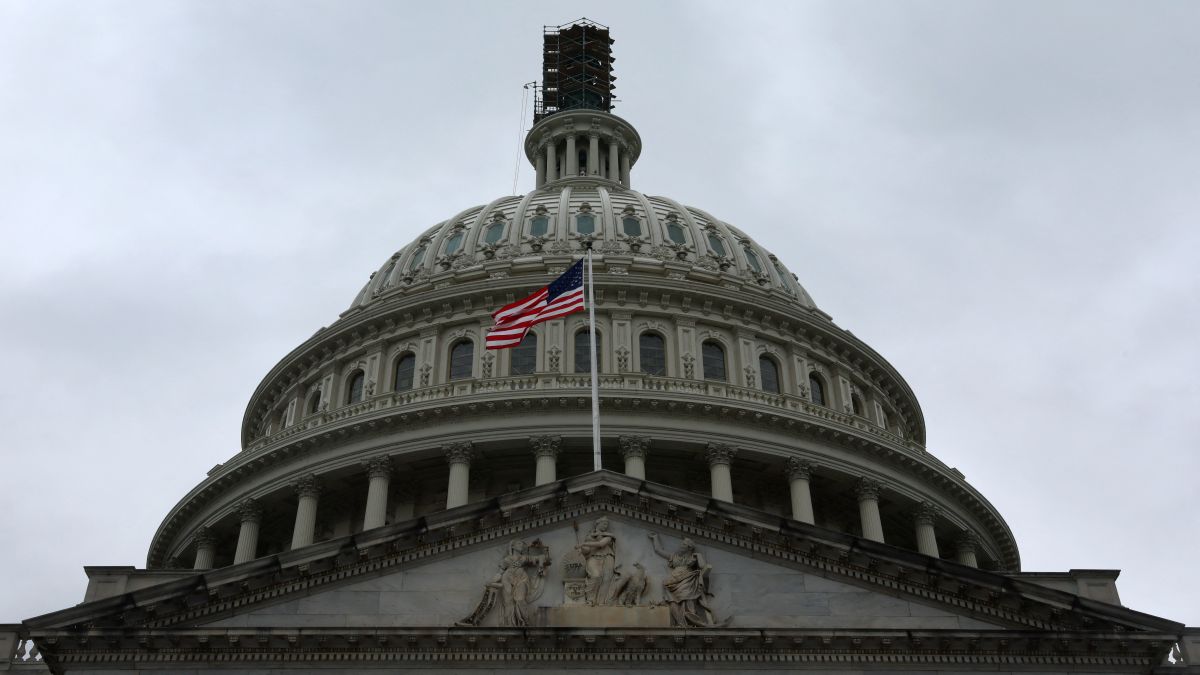
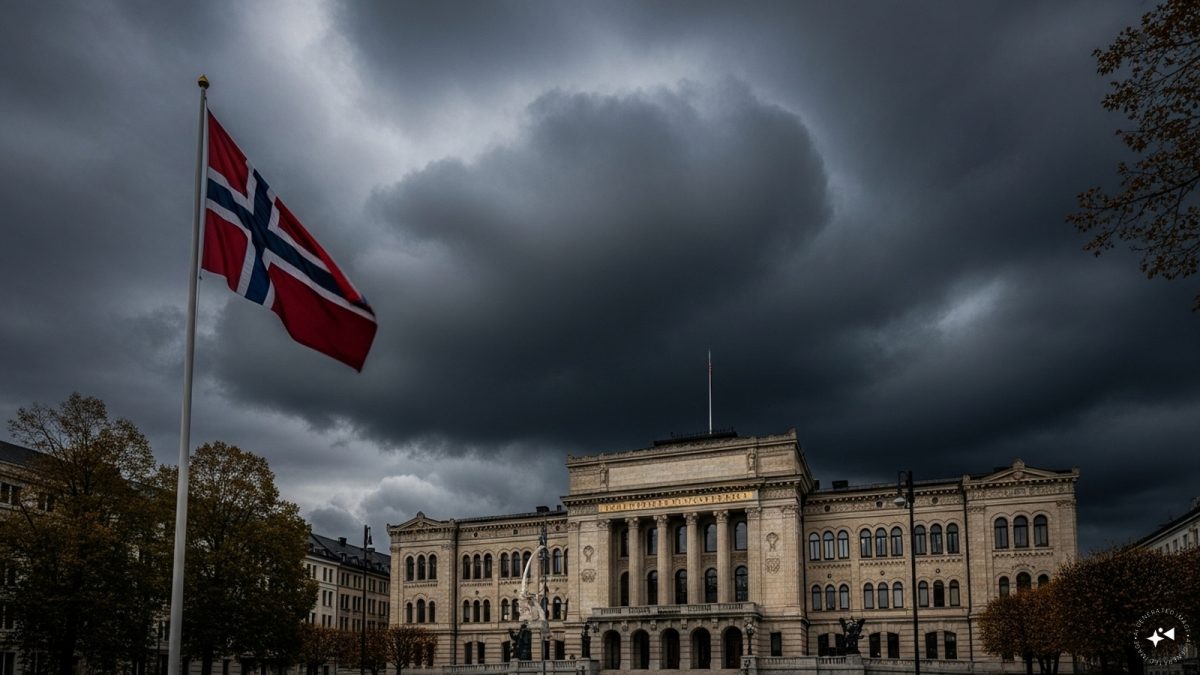)
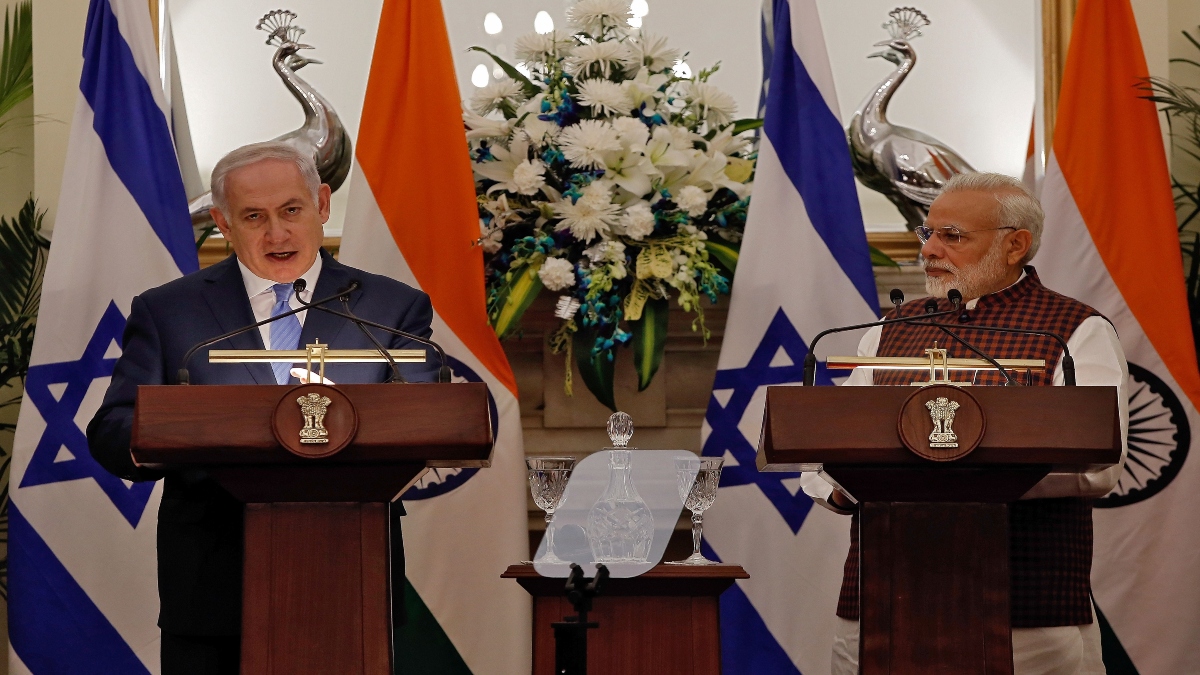)
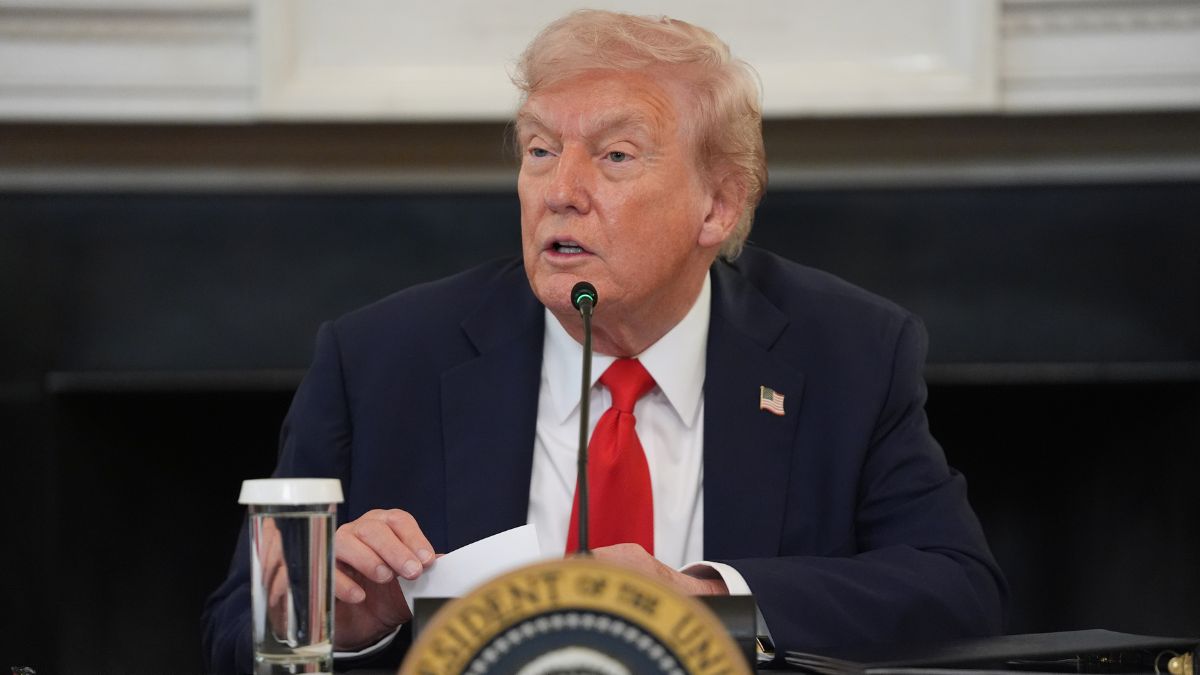)
)
)
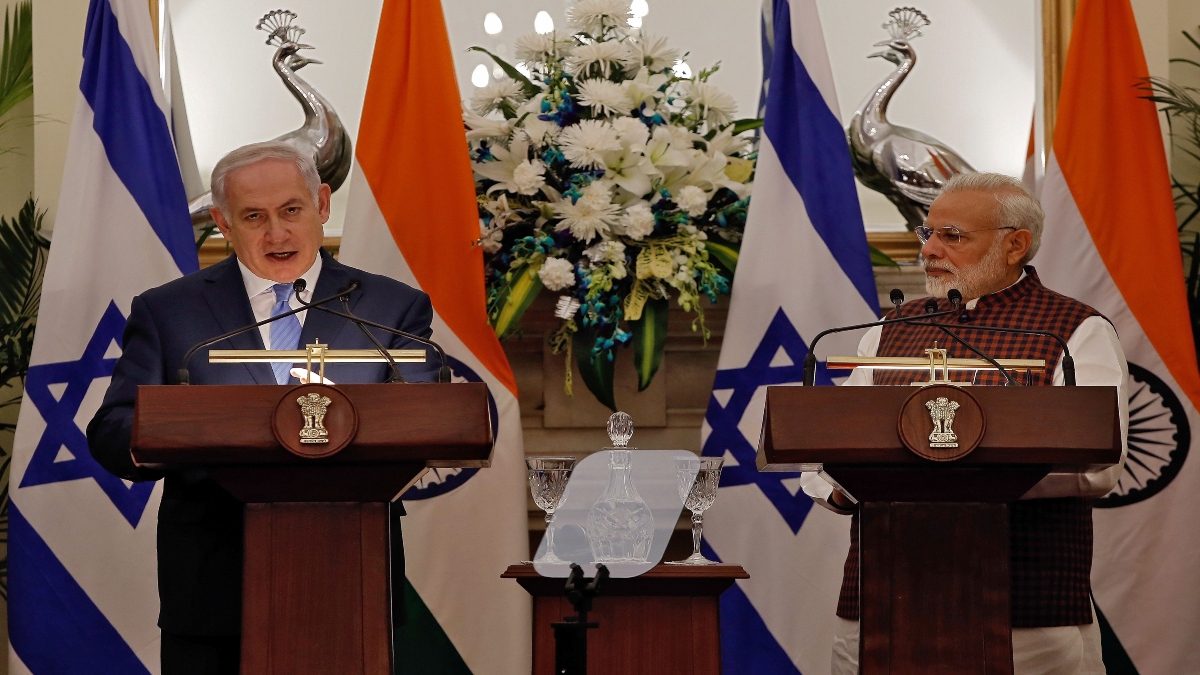)
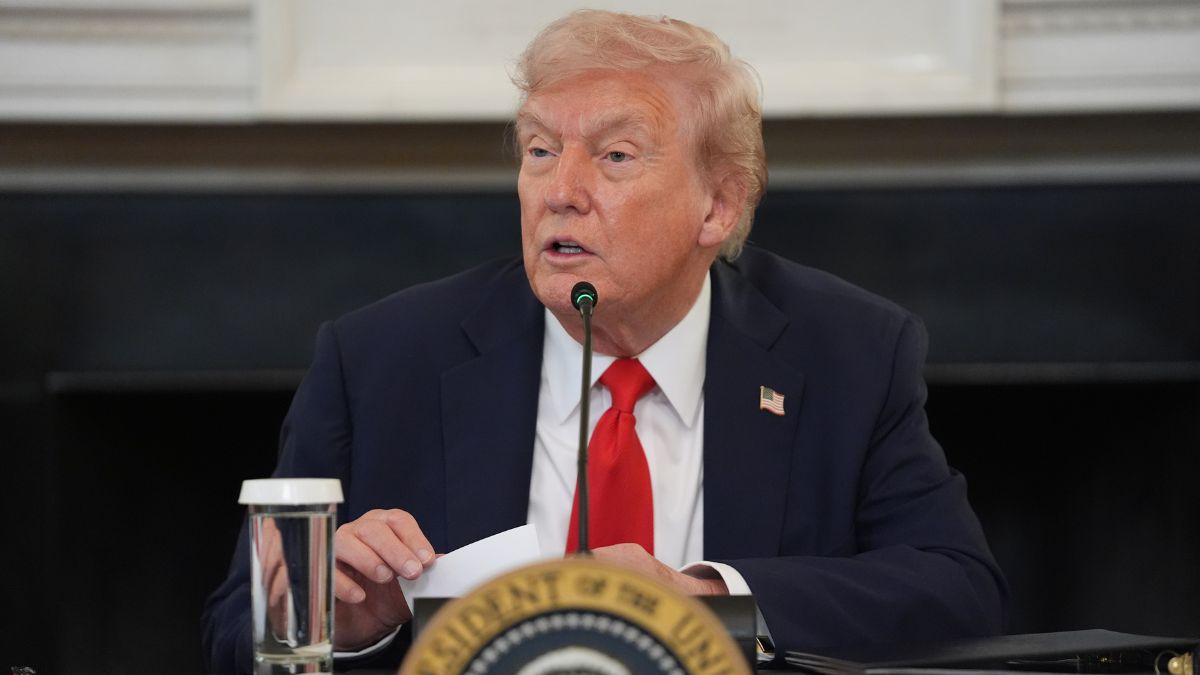)
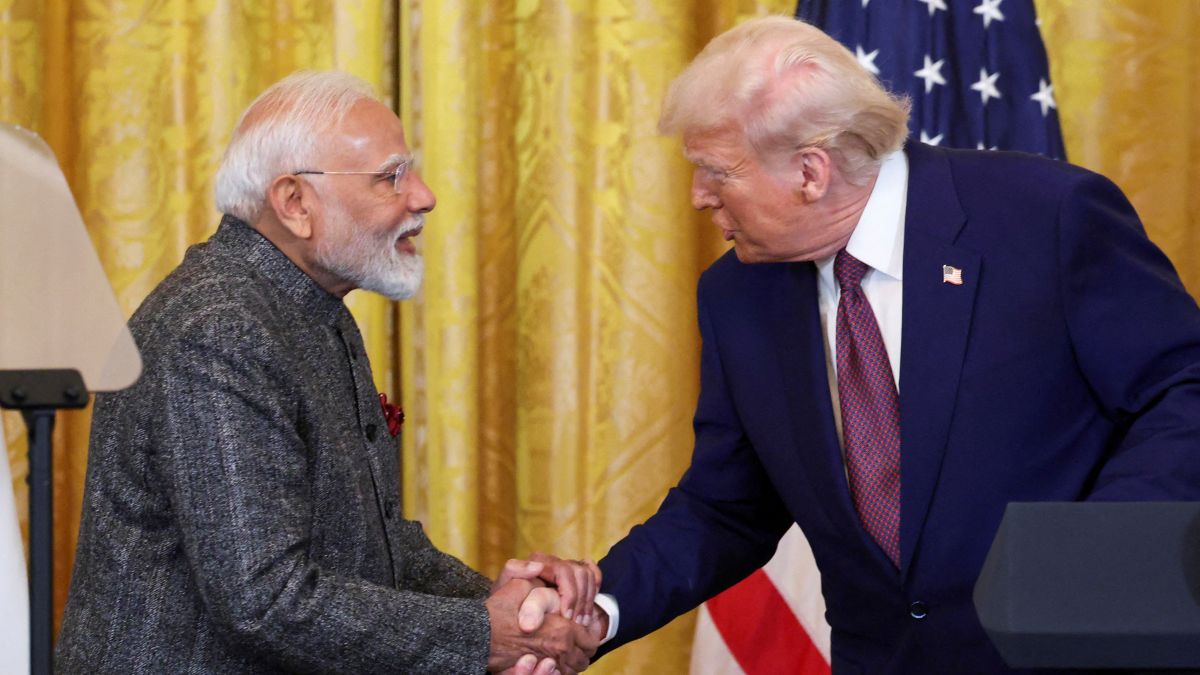)



